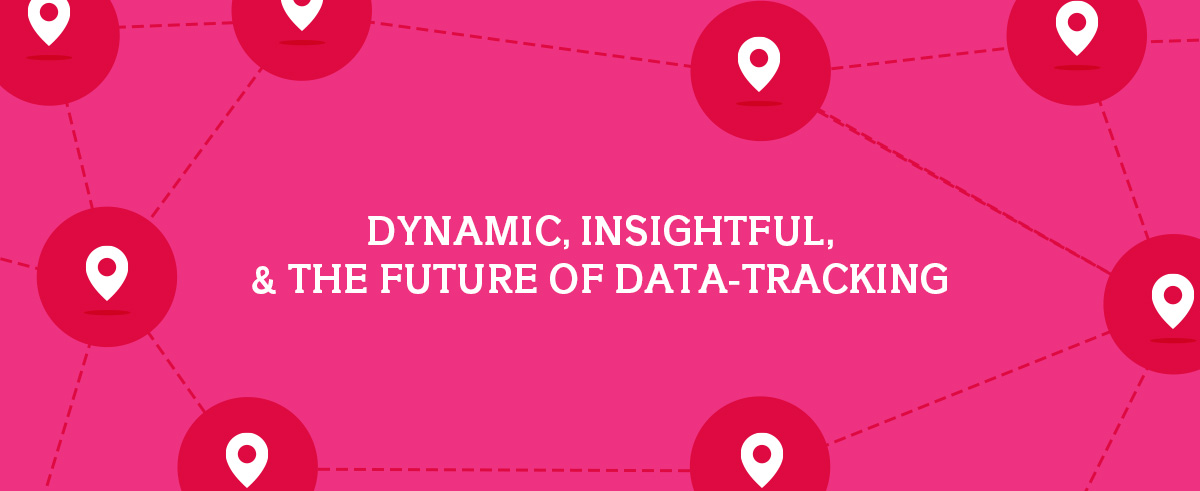Social media, websites, and apps, oh my! With so many marketing platforms available, and different methods of engagement for each, it had become nearly impossible for a normal person to compile so much customer data into a usable report. Cue Google Analytics 4 (GA4): the upgrade you probably didn’t know you needed.
What’s new with GA4?
Back in the old days (pre-October 2020), the only analytics we used was Universal Analytics, a version of Google Analytics that focused on tracking website hits like page views and transactions. In the modern world of apps, videos, mobile phones, and other technology, Universal Analytics has been struggling to keep up with all of the new forms of brand engagement.
Now, GA4 analyzes more dynamic data—like how far a visitor scrolls on your site, what link they clicked to exit, and if they interacted with videos or files embedded in your page.
In simple terms, Universal Analytics gives you a mountaintop view of visitor activity. GA4 is like sitting in their backyard.
Google has an in-depth guide to the technical side of this new tool here, if you’re ready for a deep-dive comparison. Better buckle in and grab a cup of coffee for that one.
For apps and websites that facilitate a high number of transactions, GA4 also utilizes machine learning to predict good news and bad news: which users are likely to purchase your product in the next seven days, and which ones will likely never visit your site again. The longer you use GA4 on your website or app, the more accurate these predictions can be.
Another big benefit of GA4 is that if you have an app, GA4 can track the same type of visitor activity there too.
Should you make the big switch?
Universal Analytics isn’t being retired anytime soon. So, if you’re currently using it for your data tracking and reporting, you’re not required to switch to GA4. That being said, for your own business’ benefit, you might want to start tracking these advanced analytics sooner rather than later.
It’s important to note that, at this time, there isn’t a simple way to transfer your analytics from Universal Analytics to GA4. So when you do make the switch, you’ll likely be starting from scratch. But in the meantime, you can set up your website to start sending data to both Universal Analytics and GA4. That way when you do make the full switch in the future, you’ll have some history already stored.
Got more questions? Our expert marketing team takes the guesswork out of analytics with optimization strategies that work. Let’s Chat.





